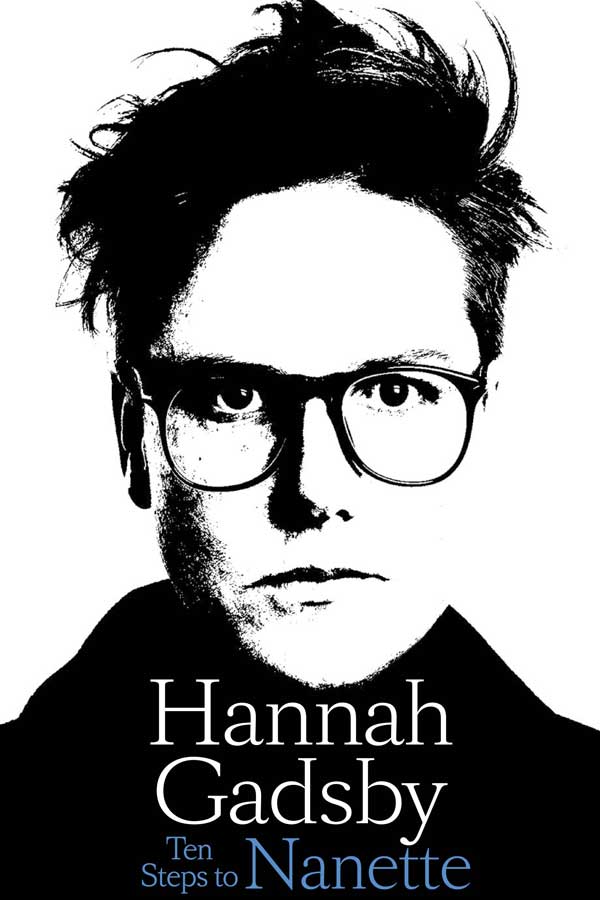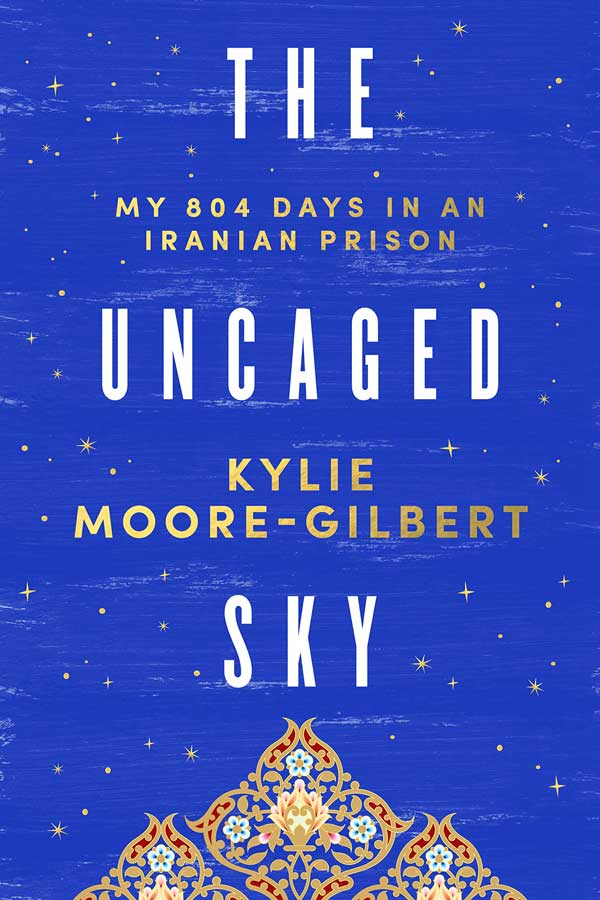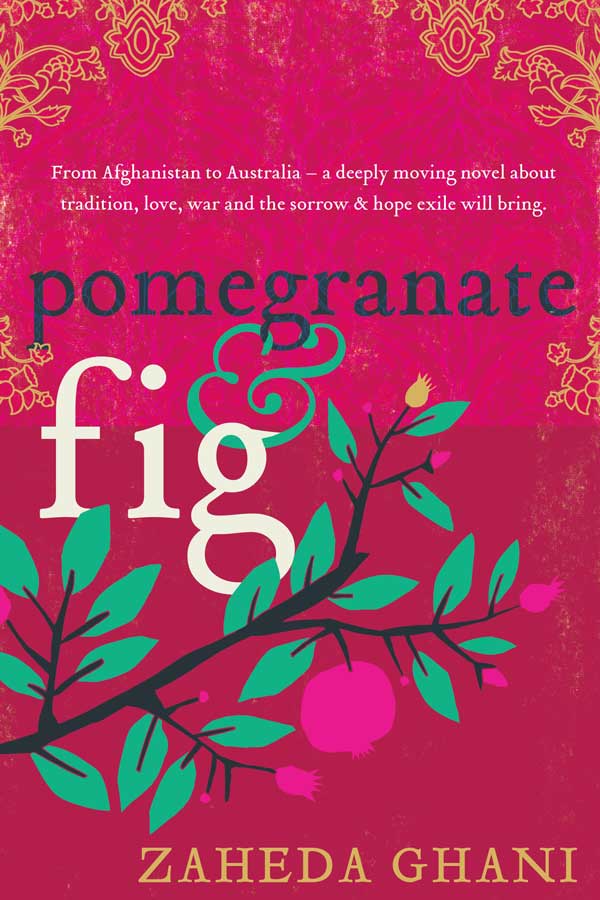Widely hailed as the “Picasso of watches”, Gérald Genta is revered in horological circles. The late watch designer created timepieces for a broad range of brands from Cartier to Omega. His most celebrated styles were released in the 1970s, when he invented an entirely new category of watches literally overnight.
On April 10, 1970, Genta received an urgent phone call from Audemars Piguet’s managing director, Georges Golay. The watch executive needed a blueprint for a steel sports watch unlike anything that had been done before. Further cranking up the pressure, this game-changing concept had to be delivered the following morning.
Genta duly presented a radical design. The watch, which was eventually released in 1972, sat upon an integrated bracelet, a completely new form of strap that, rather than being attached by traditional lugs, was a seamless extension of the case. The creation was the Audemars Piguet Royal Oak and Genta had hit on an iconic design.
But he wasn’t finished with his innovation. In 1976, Genta revealed two new integrated-bracelet designs: the Patek Philippe Nautilus and a modern update to the IWC Ingenieur. Since then, consumer demand for integrated-bracelet sports watches has become insatiable, and virtually every luxury watchmaker offers an interpretation of the form.
Want to go high-end? You can choose between the Vacheron Constantin Overseas, Omega Constellation, Hublot Big Bang Integrated Tourbillon Full Carbon, Chopard Alpine Eagle, Cartier Santos de Cartier, Zenith Defy Skyline, Bulgari Octo Finissimo or Girard-Perregaux Laureato. Looking for something a little more affordable? You might consider the Tissot PRX, Tudor Royal or Maurice Lacroix Aikon.
Demand is particularly intense for Genta’s 1970s models. Realistically, you need to be a VIP customer or have very special connections to buy a Nautilus or Royal Oak at retail. When IWC decided to unveil an updated version of Genta’s Ingenieur this year, it felt like a no-brainer. So why did IWC wait so long? “We wanted to get it right,” explains Christian Knoop, the brand’s creative director. “We wanted to improve the bezel, the case proportions, the wearability and the finishing without compromising on the DNA. That took us five years.”
The labour of love has paid off. The reworked Ingenieur was released at the recent Watches and Wonders fair in Geneva, Switzerland, and earned widespread praise for its improved ergonomics, narrower strap and gridlike dial. The original reception for Genta’s Ingenieur was far more muted. “It was not a big success,” says Knoop of the 1976 watch. “It was a very futuristic design that was ahead of its time.”
The 1970s market was similarly baffled by the initial launch of Genta’s Royal Oak and Nautilus. All of which begs the question, what’s changed in the intervening years? And why is there such a mania for integrated-bracelet pieces today? Knoop suggests the shift is part of a broader societal trend. As sartorial codes have become progressively less formal, there’s been a move away from the dress watch with its sleek dial, slender case and minimal accoutrements. Meanwhile, demand for sports watches has rocketed. The industry definition of a sports watch is hazy at best, but it’s generally interpreted as a timepiece that offers decent water resistance and solid durability — less a watch to wear while playing sport than one that can navigate the recreational activities of daily life with minimal fuss.
“In recent years, there was a strong shift in the industry towards sports watches over classic and more traditional watches,” says Knoop. “That was reinforced also by the pandemic and people pairing their watches more with casual outfits, streetwear and sportswear.”
In addition, Knoop credits the cyclical nature of fashion, which has spun the spotlight back onto the decade that produced Genta’s original designs. “There is a bit of a revival of the ’70s,” he insists. “Right now, you have lots of movies and Netflix series that play in the ’70s, and the aesthetics and design objects of that era are very much in vogue.”
One final clue to the renewed popularity of integrated-bracelet watches lies in the name itself. Men are now more open to wearing jewellery than ever before. The market research company Euromonitor International reveals that demand for male jewellery has risen steadily since 2012. It’s a trend that’s increasingly visible on the celebrity circuit, whether it is Harry Styles’ pearl earring or Timothée Chalamet’s vintage Cartier brooches. These more conspicuous examples of progressive masculinity may be too outré for most men, but the trend may be playing out in a subtler form with watches.
When the Piaget Polo was released in 1979, the company’s chairman, Yves Piaget, stressed this exact crossover. “The entire Polo philosophy can be summed up in one sentence,” he insisted. “It’s a watch bracelet rather than a mere wristwatch.” Certainly, in the smartphone era, watches serve more as decorative accessory than as a functional necessity. Now, more than ever, it seems that a watch is the most acceptable form of jewellery for men.




 IWC Ingenieur Automatic
40, $17,300, iwc.com.
IWC Ingenieur Automatic
40, $17,300, iwc.com.  Photography by Ergita Sela.
Photography by Ergita Sela. 












 Shrubs and kombucha have their place, but this summer, T Australia’s food critic, Besha Rodell, will be reaching for the cordial. Photography by Katherine Sousa.
Shrubs and kombucha have their place, but this summer, T Australia’s food critic, Besha Rodell, will be reaching for the cordial. Photography by Katherine Sousa. 




 The Grand Seiko SLGH009 55th Anniversary Limited Edition deserves its moment in the spotlight. Photography courtesy of Grand Seiko.
The Grand Seiko SLGH009 55th Anniversary Limited Edition deserves its moment in the spotlight. Photography courtesy of Grand Seiko. 
 See below for credits.
See below for credits.